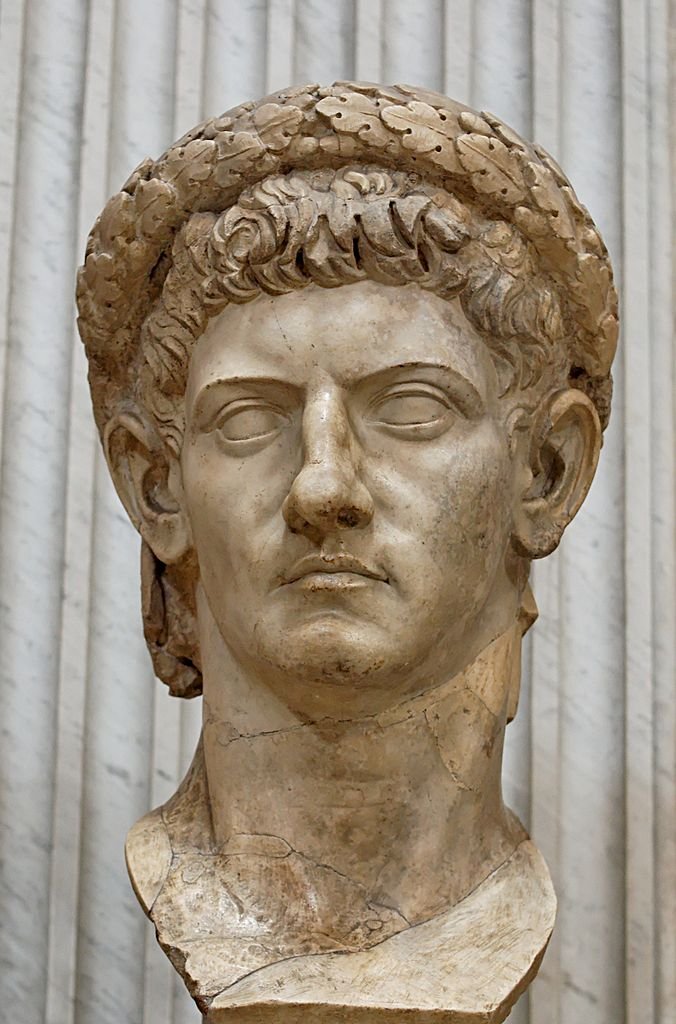
Sculpture
Busts and statuary of the period also looked to the ancient past for inspiration. Roman statuary often depicted the likeness of great emperors and conquerors, therefore it is understandable that contemporary statues of the period would look to honor their American counterpart; democratic politicians.
Rufus’ home at King Manor honored this tradition in that it contained a bust of his politically important friend Alexander Hamilton. The bust of Hamilton featured in the exhibit would have been similar to one Rufus owned. Hamilton’s short hairstyle is meant to evoke an ancient Roman style.
Americans were far from the only people to be fascinated by the art and architecture of the ancient world: it was very common for privileged Europeans to take an educational sightseeing trip called “The Grand Tour;'' where they traveled throughout Europe and parts of the Middle East to study the art, design and architecture of these civilizations. What they saw spread to the American colonies through artists who created paintings of ruins, interior designers taking elements from Roman, and Greek design, and ceramicists reenvisioning ancient pottery.
Activity: Someone Else’s Shoes
Do you have a favorite actor, singer, or other celebrity whose style you enjoy? Have you ever tried to copy their style and try it on yourself? That’s just what early 19th century Americans like Alexander Hamilton were doing! They would commission, or hire artists to make busts that made them look like they were leaders from ancient Rome. They wanted to show they had similar ideas to ancient Romans, like wanting democratic government and spending lots of time learning science and reading literature.
Think about a person you admire. It can be a famous person like an actor, a TikTok celebrity, or an activist — or it can be someone you know like your parent, teacher, or a sibling. Think about what that person likes to wear, then draw (or sculpt!) what you would look like in their clothes!
Now, answer the following:
What do you admire about the person you chose? Why?
When does the person you admire wear the outfit you chose? Why did you choose that outfit?
Would you like to wear that outfit in your everyday life, either right now or in the future? Why or why not?


